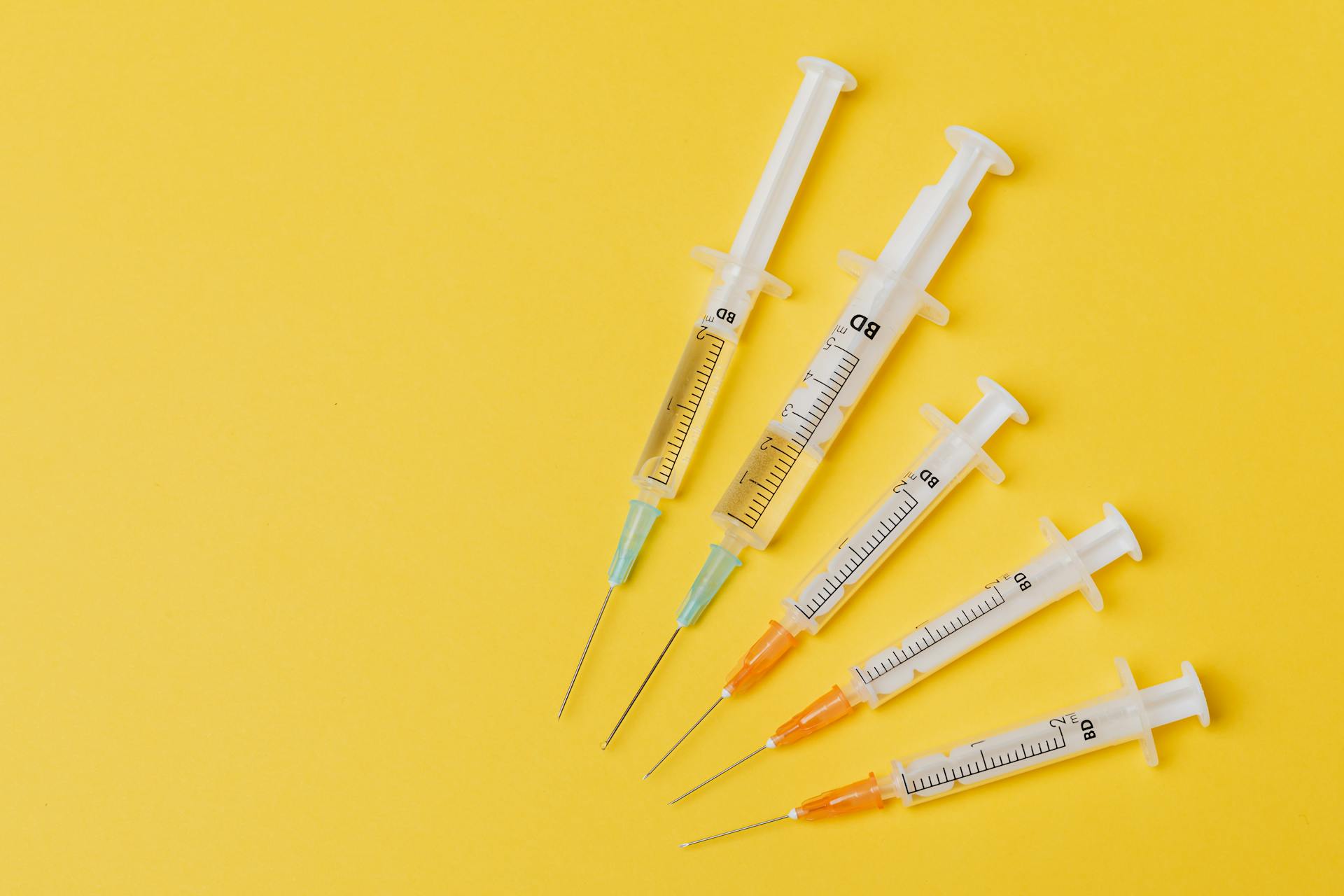Autoimmune hepatitis is a chronic inflammatory liver disease that, if left untreated, can progress to liver cirrhosis and even liver cancer. In this disease, a person’s own immune system attacks liver cells, causing inflammation and destruction.
Autoimmune hepatitis is considered a rare disease, affecting 10-25 people per 100,000. Furthermore, it accounts for only 2% of all liver disease cases. In recent years, the incidence of this disease has been observed to be increasing, although the cause of this phenomenon is unknown. Treatment consists of administering immunosuppressive drugs to lower the patient’s immune system. This is usually achieved by administering prednisone (alone or in combination with azathioprine), and recently, its combination with mycophenolate mofetil has been recommended. With this treatment, between 80-90% of patients with autoimmune hepatitis respond with normalization of liver biochemistry. For patients who do not respond, there are second-line drugs (6-mercaptopurine) and third-line drugs (tacrolimus, cyclosporine). If complete remission of the disease is not achieved despite all of these, other drugs are available.
Infliximab results in patients
A study was published in the journal Hepatology administering infliximab (a monoclonal antibody) to 42 patients with autoimmune hepatitis who had not responded to treatment. Infliximab was administered intravenously at a dose of 5 mg/kg of body weight at baseline, at weeks 2 and 6, and then every 8 weeks thereafter.
78% of patients responded to treatment with normalization of liver parameters. As side effects, 26% of patients suffered infections such as bacterial pneumonia, oral candidiasis, herpes simplex or urinary tract infections.
In summary, in addition to conventional drugs for the treatment of autoimmune hepatitis, there are therapeutic alternatives such as infliximab for those patients who do not respond. As with other studies, although Dr. Carreño and the Foundation’s physicians consider infliximab to be a very promising drug, further clinical trials with a larger number of patients are needed.



